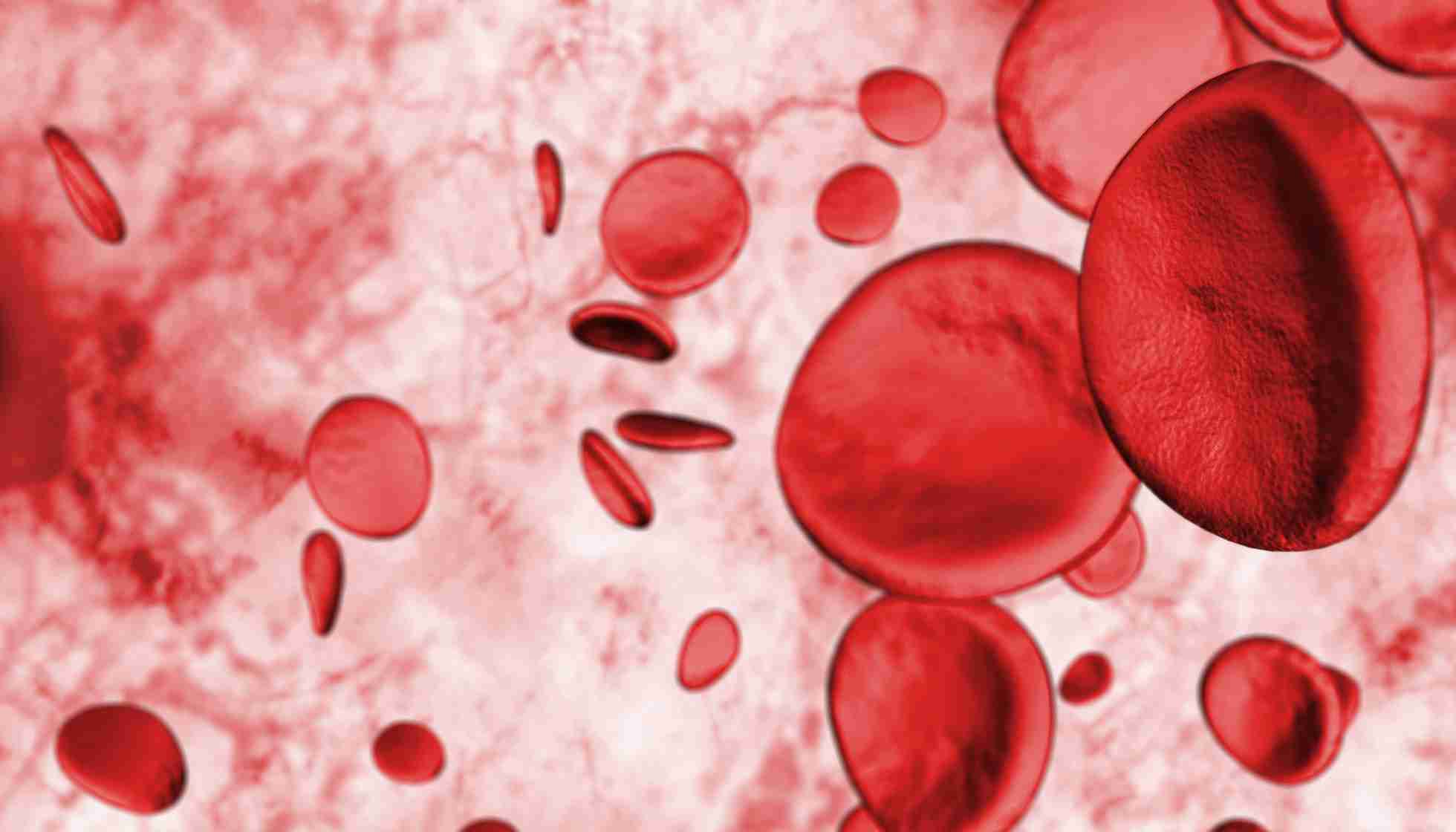

Too high a bad cholesterol level often reflects an unbalanced lifestyle or eating habits. Eating well or exercising can undoubtedly reduce the risk of cardiovascular disease. But do you know how to lower your cholesterol levels?
Nearly 20% of people have a “bad” cholesterol (LDL cholesterol) level that is too high; lowering LDL cholesterol lowers your risk of heart attack and cardiovascular disease. What are the tips for getting there from sport to a balanced diet?
A person’s overall fat intake should be 30-35 % of total calories (instead of 40-42% more often today). Indeed, fats, especially saturated fatty acids, contribute to an increase in “bad” cholesterol. They are provided by:
These unsaturated fatty acids are provided by:
To favor vegetable oils (sunflower, olive, rapeseed, etc.) for cooking and seasoning (to reduce the ingestion of harmful saturated fats) but also to avoid hard margarine from type Vegetaline, palm, and copra oils 2.
Choose fresh fruits and vegetables (seasonal, canned, or frozen if necessary).
A good reflex to adopt: eat at least one portion of green vegetables, one part of raw vegetables daily, and at least two fresh fruits.
Stopping smoking and drinking alcohol moderately are all tips that can improve your general lifestyle and maintain a low or acceptable cholesterol level.
However, the impact of alcohol on the increase in LDL cholesterol has never been concretely proven. Alcohol promotes the rise in triglycerides, which are lipid bodies distinct from cholesterol, beneficial with a normal level in the blood but dangerous for the heart with a high level.
Exercise regularly: For example, you can do brisk walking, cycling, swimming, and gentle sports that require little investment. If you are active, why not take advantage of the trip to work to play sports? Forget the elevator; get off two buses or metro stations before your usual stop. So many tricks allow you to move for at least 30 minutes daily!
In the case of being higher weight, losing weight is recommended, if only by a few kilos: it is always beneficial for blood constants and sometimes enough to correct excess cholesterol.
Eliminate the salt shaker at the table as often as possible, and avoid the regular consumption of foods high in salt (cold cuts, cured meats).
Labels provide valuable information about the type and amount of lipids ( cholesterol is a lipid) in foods sold in stores. By learning to decipher them well, halving your daily consumption of lipids is possible.
High blood pressure, like hypercholesterolemia (higher than normal cholesterol levels), increases the risk of damage to the heart (heart attack and heart failure). Thus, monitoring your blood pressure regularly is important so as not to aggravate the risk factors.
Carrying regular lipid check-ups is important to know your cholesterol level. You can talk about the results with your doctor, and he can set you a cholesterol level goal to reach: the target value.
It is essential to have a varied diet. For example, you can eat each day:
As a reminder, nothing is forbidden. If you like fatty meat or cheese, have a little party. But cut all other fat from your meal, and eat it in moderation.
This post was last modified on August 21, 2023
Pregnancy is a huge hormonal change for a woman. It is said that women somehow…
You may have searched for “women squirting” on the internet and looking to find out…
Introduction: What Are Reverse Travel Goals? People now find reverse travel goals more appealing because…
Anxious at Work these days is becoming too common among young employees to middle-aged employees…
Going on a first dinner date, whether your first or someone else's, is an exhilarating…
Health is one of the major things for everyone; everyone has to consider health as…